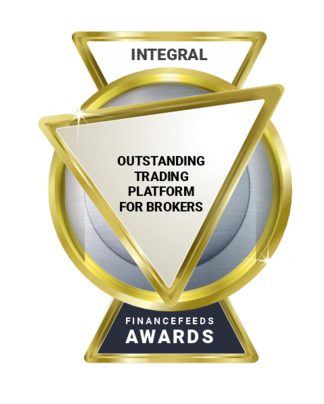Integral was an early adopter in cloud technology and has been earnestly and enthusiastically banging the drum for well over a decade. Yet we were still excited by the results of our FX trading technology report, which underscored just how pivotal cloud is set to become in the industry.
Based on findings in our report, it is clear that cloud has arrived.
The survey was a fairly comprehensive one, including 94 heads of FX trading and senior FX managers at banks, asset managers, non-bank market makers and other financial institutions across North America, Europe, and APAC.
While only 2 percent of respondents currently have all their FX trading workflows in the cloud, 28 percent expect their FX trading workflow to be entirely cloud-based in just five years’ time. An additional 41 percent of respondents expect a hybrid mix of cloud and on-premise technology within five years.
This means that by 2026, a compelling 69 percent of heads of trading and senior managers expect their FX trading workflows to touch the cloud — forming well over a supermajority. This marks a paradigm shift in how FX trading technology will be managed.
Looking at some of the other statistics from the survey, it is easy to see why so many respondents view cloud as a strategic next step for their business.
Respondents highlighted cost as the number one concern influencing the decision-making process when upgrading FX tech. The cost-benefits of cloud are well known. In Deloitte’s ‘Bank of 2030: Transform Boldly’ report series, cloud is recognized for helping retail and wholesale banks drive innovation, reduce infrastructure costs, and support improved business performance and shareholder returns.
The potential to reduce cost of ownership is one reason it has drawn the attention of nearly every business – not just in financial services – operating remotely the past 18 months. However, the accelerated movement toward cloud in FX has other benefits beyond those realized in 2020.
For a bank – no matter their size – cloud technology means they end up with access to top-tier technology that easily accommodates workflows to meet unique business requirements, while also maintaining rigorous standards to meet technology needs. Importantly, it does all this in a timely and efficient manner!
We at Integral are looking beyond 2021 to an optimistic and bright future in the cloud, and judging from the heads of trading and senior FX managers that were surveyed as part of our report, we are not alone!
The remaining question for the market is – who will you choose to partner with to modernize and grow your FX business in the next 5 years?



